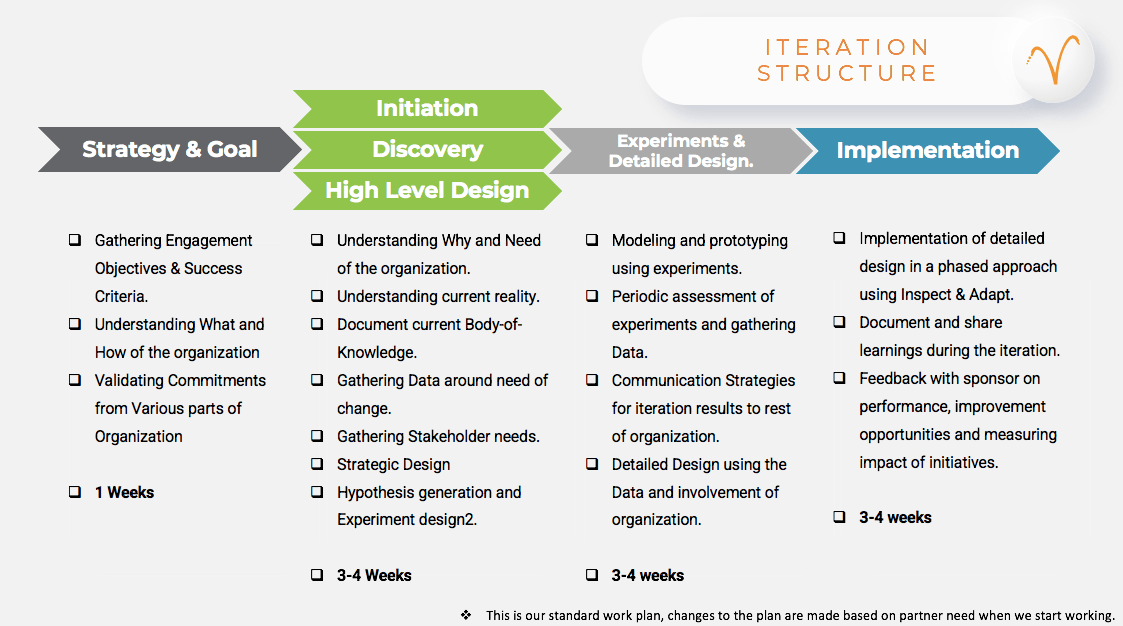Operating Model Transformation
Reimagine your operating model today to build the organisation you envision for tomorrow. Get a exploration callOrganisational culture is the key objective of any transformative change initiative. We always focus on creating an adaptive and flexible organisation to support Business Adaptability.
We understand a change initiative will impact all other areas, which is why we like to depict these in a form of a pinwheel, to remind ourselves change in one area will cascade to all other areas like Business adaptability.

How do you know when it’s time to transform your organization?
Is there a way to tell if the current state of your company is in need of change, or if everything is just fine as-is?
The answer to this question varies from person to person and company to company. Some people might say that it’s time for an organizational transformation when they sense stagnation, while others may wait until their business starts declining before taking any action.

How first few weeks look like.

Our Success Cases

Operation Core Transformation

Faster Iterations on Analysis and Data Gathering

Grass Root Innovation to Full scale innovation hub
Resources about Organisational Transformation
KNOM Element Three, Producing Results Incrementally and Iteratively: Part 4
With the Knowledge Network Operating Model (KNOM), you avoid the degradation of teams while harnessing the most important competitive advantage for an organisation: its people.
This article is part 3 in my KNOM series delving into Element 3, where plans turn into execution in radical new ways based on Way of Work principles, Whole Scale Change, and Dynamic Reteaming.
As J.R.D. Tata said: “The effective execution of a Plan is what counts and not mere planning on paper; it is not what we put on our plate or even what we eat that provides nourishment and growth, but what we digest.”
KNOM Element Two, where adapted direction and strategies are formed: Part 3
Element 2: Strategy Formation and Planning is the insight that strategy is not something planned but a continual process of learning and adaption. It is an ongoing and pivotal methodology running throughout the entire KNOM structure explained in The Overview of KNOM.
Knowledge Network Operating Model : Part 2
Skills and capabilities are in constant flux.
One day one skill is crucial – the other day, a new capability overtakes it. The Knowledge Network Operating Model constantly evaluates and iterates upon the skills and capabilities needed for the organisation to overperform.
This and more I delve into in Element 1: Permanent Home of my new organisational operating model – give it a read and let me know what you think.
to find out how Versatile help you shape and aline your organization to your business.
Thank you for contacting us
Please, send an email to connect@versatilelab.com
Thank you for contacting us
Please, send an email to connect@versatilelab.com



